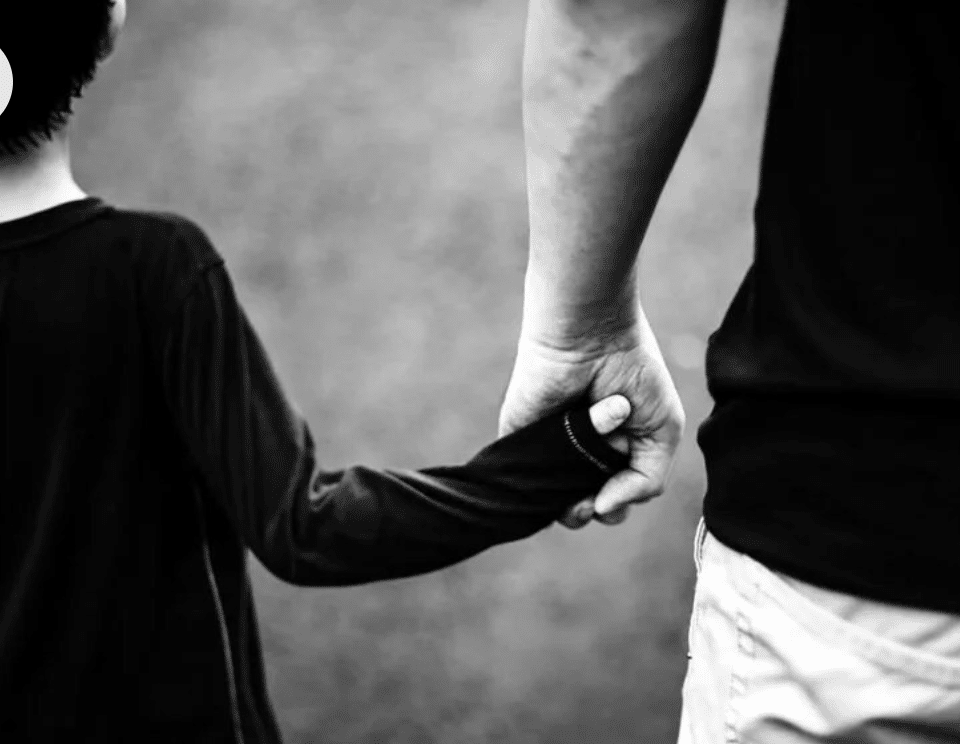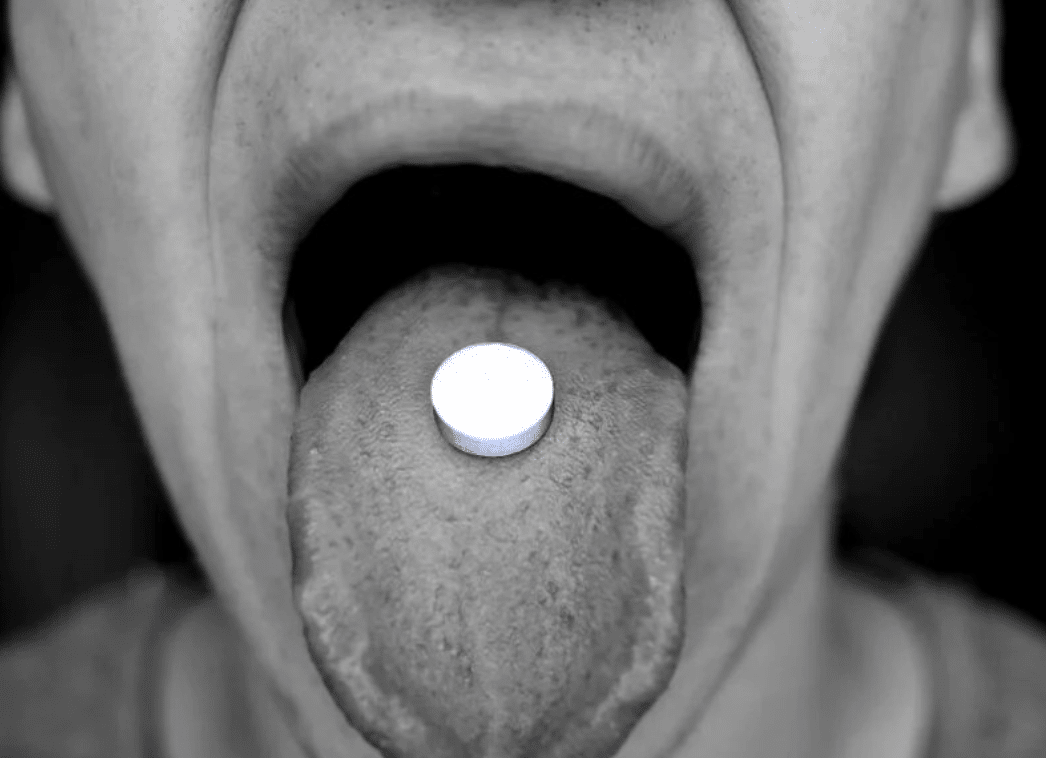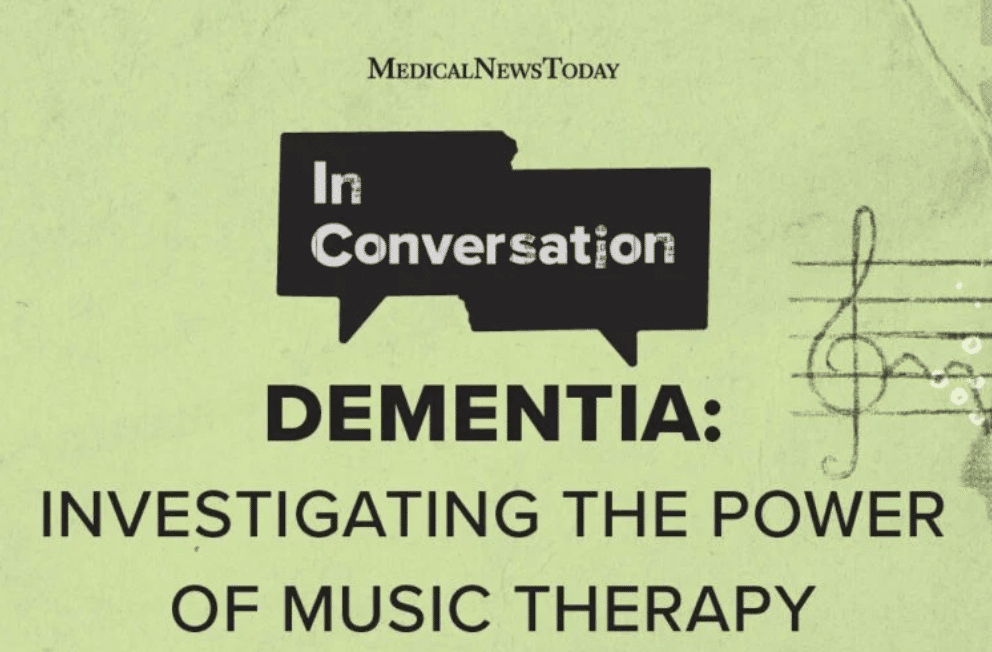People smile for different reasons, in various contexts, but only certain kinds of smile generally pass as an honest mark of happiness. Is this what they really are, though?
Although smiles are generally taken as signs of contentment, humans actually smile for many different reasons.
Sometimes we do smile simply because we are happy, but we also smile for social reasons and to put people at ease, as well as to show more complex emotions, such as resignation.
One smile type that people tend to perceive as a genuine mark of happiness is the Duchenne smile, wherein different sets of facial muscles are activated at the same time.
In the Duchenne smile, the person smiles with their mouth as well as their eyes. In popular culture, this action is sometimes referred to as “smizing.”
Are these kinds of smile always what they appear to be? What really does make us smile? These are questions that researchers from the Brighton and Sussex Medical School in the United Kingdom have recently strived to answer
‘Smiling is not driven by happiness’
The researchers worked with a cohort of 44 healthy participants, 26 of whom were women, aged 18–35.
As part of the experiment, the participants had to answer a fairly difficult quiz — presented on a computer — that lasted only 175 seconds. The level of difficulty, as well as the short duration, ensured that the volunteers often provided the wrong answers.
Each participant was seated and left alone with the computer. Their facial expressions were recorded using special facial recognition software.







